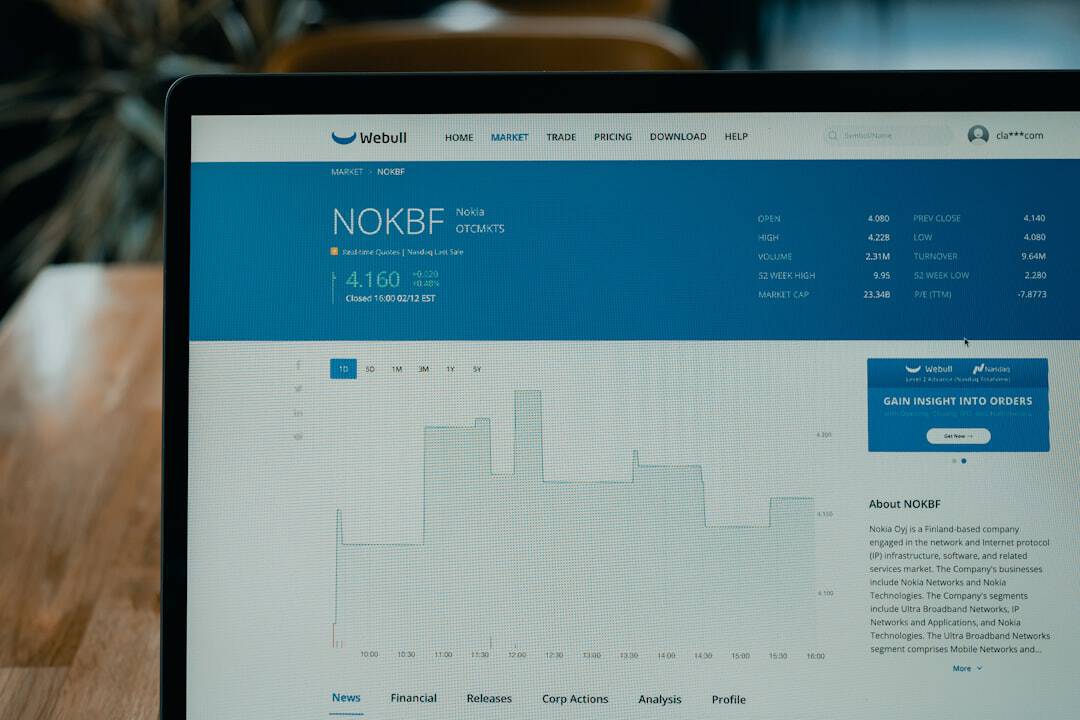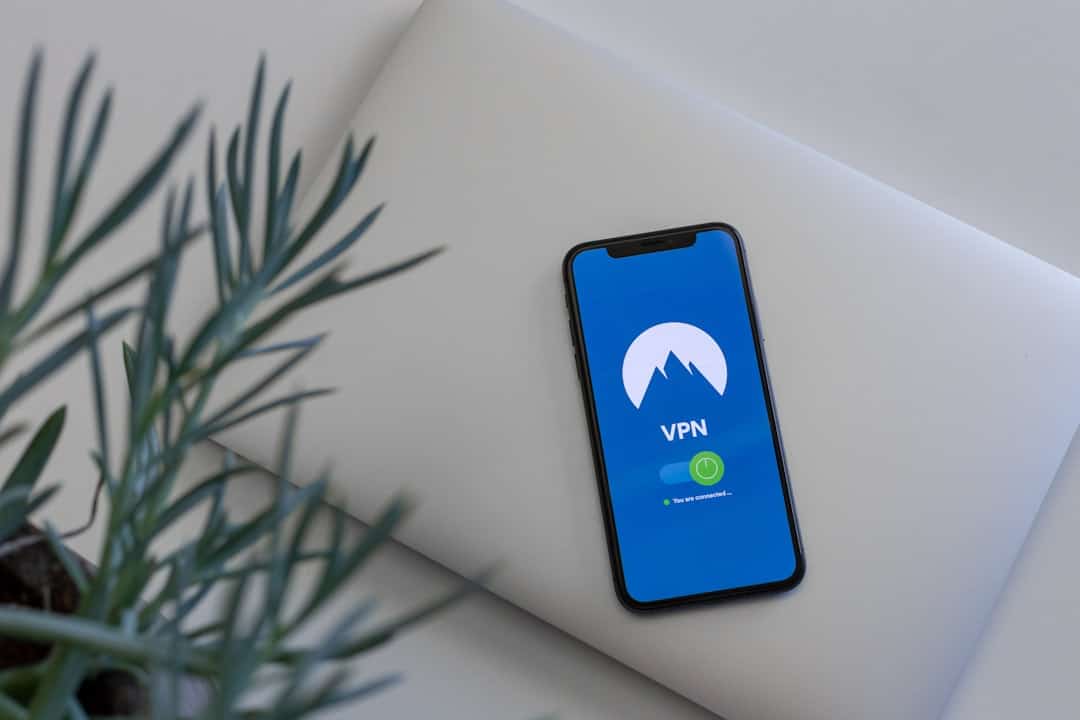In the digital era, cybersecurity has become a critical concern. Cybersecurity, also referred to as information technology security, encompasses the protection of computer systems, networks, and data from unauthorized access, theft, damage, or disruption. The increasing prevalence of cyber threats necessitates a comprehensive understanding of online security for both individuals and organizations.
Cyber threats come in various forms, each with distinct characteristics and potential impacts. Malware, short for malicious software, includes viruses, worms, and trojans designed to infiltrate and compromise computer systems. Phishing attacks involve deceptive communications aimed at obtaining sensitive information by impersonating legitimate entities.
Ransomware is a type of malware that encrypts a victim’s files, demanding payment for their release. Effective cybersecurity practices involve multiple layers of protection. These include implementing strong passwords, using multi-factor authentication, regularly updating software and operating systems, employing firewalls and antivirus programs, and educating users about safe online behaviors.
Additionally, organizations often implement more advanced security measures such as intrusion detection systems, encryption protocols, and security information and event management (SIEM) solutions. Staying informed about emerging cyber threats and evolving security technologies is crucial in maintaining a robust cybersecurity posture. This involves continuous learning, risk assessment, and adaptation of security strategies to address new vulnerabilities and attack vectors.
Key Takeaways
- Cyber security is essential for protecting online data and information
- Common cyber threats include phishing, malware, and ransomware
- Best practices for online security include using strong passwords and keeping software updated
- Encryption plays a crucial role in securing data and preventing unauthorized access
- Two-factor authentication adds an extra layer of security to online accounts
- Educating employees on cyber security measures is important for overall organizational security
- Continuous monitoring and updating of cyber security measures is necessary to stay ahead of evolving threats
Identifying Common Cyber Threats and Risks
Individual Risks
In addition to understanding the different types of cyber threats, it’s essential to be aware of the potential risks associated with these threats. For individuals, these risks can include identity theft, financial loss, and privacy breaches.
Business Risks
The risks can be even greater for businesses, including damage to reputation, loss of sensitive data, and financial repercussions. By identifying these risks, individuals and businesses can take proactive steps to mitigate them.
Unsecured Wi-Fi Networks
Another common cyber threat is the use of unsecured Wi-Fi networks. When individuals connect to public Wi-Fi networks without proper security measures in place, they are at risk of having their data intercepted by attackers. This can lead to unauthorized access to sensitive information such as passwords, credit card numbers, and personal communications. Additionally, unsecured Wi-Fi networks can also be used as a gateway for attackers to gain access to other devices on the same network. By identifying these risks, individuals can take steps to protect themselves, such as using a virtual private network (VPN) when connecting to public Wi-Fi networks.
Implementing Best Practices for Online Security

Once individuals and businesses understand the basics of online security and have identified common threats and risks, it’s important to implement best practices for online security. This can include using strong, unique passwords for each online account, regularly updating software and operating systems, and being cautious when clicking on links or downloading attachments. Additionally, individuals and businesses should consider using antivirus software and firewalls to protect against malware and other digital threats.
Another best practice for online security is to regularly back up important data. In the event of a cyber attack such as ransomware, having a recent backup of data can be crucial for recovery. Cloud storage services and external hard drives are both popular options for backing up data.
It’s also important to be cautious when sharing personal information online. Individuals should be wary of providing sensitive information such as social security numbers or credit card numbers unless they are certain of the recipient’s legitimacy.
The Role of Encryption in Cyber Start
| Metrics | Data |
|---|---|
| Number of cyber attacks | 10,000 |
| Percentage of data breaches | 45% |
| Usage of encryption | 80% |
| Effectiveness of encryption | 95% |
Encryption plays a crucial role in cyber start by protecting sensitive data from unauthorized access. Encryption involves encoding information in such a way that only authorized parties can access it. This is typically done using encryption algorithms and keys.
When data is encrypted, even if it is intercepted by attackers, it will be unreadable without the proper decryption key. This makes encryption an essential tool for protecting sensitive information such as financial data, personal communications, and more. In addition to protecting data from unauthorized access, encryption also helps to ensure data integrity.
This means that encrypted data cannot be altered or tampered with without detection. This is particularly important for businesses that handle sensitive information such as customer data or financial records. By implementing encryption measures, businesses can help to safeguard their data from potential tampering or manipulation.
Importance of Two-Factor Authentication in Online Security
Two-factor authentication (2FA) is an additional layer of security that helps to protect online accounts from unauthorized access. With 2FA, individuals are required to provide two forms of identification before gaining access to an account. This typically involves something the individual knows (such as a password) and something they have (such as a mobile phone or security token).
By requiring two forms of identification, 2FA helps to prevent unauthorized access even if a password is compromised. The importance of 2FA in online security cannot be overstated. With the prevalence of data breaches and password leaks, it’s more important than ever for individuals and businesses to implement additional security measures beyond just passwords.
2FA helps to mitigate the risk of unauthorized access by adding an extra layer of protection. Many popular online services now offer 2FA as an option for users, and it’s highly recommended that individuals take advantage of this additional security measure.
Educating Employees on Cyber Start Measures

Recognizing Potential Threats
This can include providing training on how to recognize potential threats such as phishing emails or suspicious links. It’s also important for employees to understand the importance of using strong passwords and being cautious when sharing sensitive information online.
Creating a Culture of Cybersecurity
Another important aspect of employee education is creating a culture of cybersecurity within the organization. This involves fostering an environment where employees feel comfortable reporting potential security incidents or concerns.
Encouraging Open Communication
By encouraging open communication about cybersecurity issues, businesses can help to prevent potential threats from escalating into larger problems. This open communication can help to identify and address potential security incidents before they cause harm.
Continuously Monitoring and Updating Cyber Start Measures
Finally, it’s important for individuals and businesses to continuously monitor and update their cyber start measures. This can include regularly reviewing security settings on online accounts, updating software and operating systems, and staying informed about the latest cybersecurity threats and best practices. Additionally, businesses should consider conducting regular security audits to identify potential vulnerabilities and areas for improvement.
By continuously monitoring and updating cyber start measures, individuals and businesses can stay ahead of potential threats and ensure that their online security remains strong. This proactive approach can help to prevent potential cyber attacks and minimize the impact of any security incidents that do occur. Ultimately, staying vigilant and proactive when it comes to online security is crucial in today’s digital landscape.
In conclusion, cyber start is an essential practice for individuals and businesses alike in today’s digital age. By understanding the basics of online security, identifying common threats and risks, implementing best practices, utilizing encryption and two-factor authentication, educating employees, and continuously monitoring and updating security measures, individuals and businesses can better protect themselves from potential cyber attacks. With the prevalence of digital threats such as malware, phishing, ransomware, and more, it’s more important than ever to prioritize online security and take proactive steps to safeguard sensitive information and data.
By staying informed about the latest cybersecurity trends and best practices, individuals and businesses can help to mitigate potential risks and ensure that their online presence remains secure.
If you’re interested in exploring the ethical considerations of the metaverse, you should check out the article “Challenges and Opportunities in the Metaverse: Ethical Considerations” on Metaversum. This article delves into the potential ethical dilemmas that may arise as the metaverse continues to develop and expand. It’s a thought-provoking read that will make you consider the impact of virtual reality on our society. (source)
FAQs
What is Cyber Start?
Cyber Start is an online platform that offers interactive cybersecurity challenges and games to help individuals develop their skills and knowledge in the field of cybersecurity.
Who can participate in Cyber Start?
Cyber Start is open to anyone who is interested in learning about cybersecurity, regardless of their age, background, or level of experience.
What kind of challenges are available on Cyber Start?
Cyber Start offers a variety of challenges, including cryptography, web security, digital forensics, and more. These challenges are designed to test and improve participants’ understanding of cybersecurity concepts.
Is there a cost to participate in Cyber Start?
Cyber Start offers a free version for individuals to participate in the challenges. There may be premium features or versions available for purchase.
What are the benefits of participating in Cyber Start?
Participating in Cyber Start can help individuals develop valuable cybersecurity skills, gain practical experience, and potentially prepare for a career in the field of cybersecurity. It can also provide an opportunity to network with other cybersecurity enthusiasts and professionals.
Is there a competitive aspect to Cyber Start?
Yes, Cyber Start often includes competitive elements such as leaderboards, rankings, and competitions to motivate participants and provide a sense of achievement.











Leave a Reply